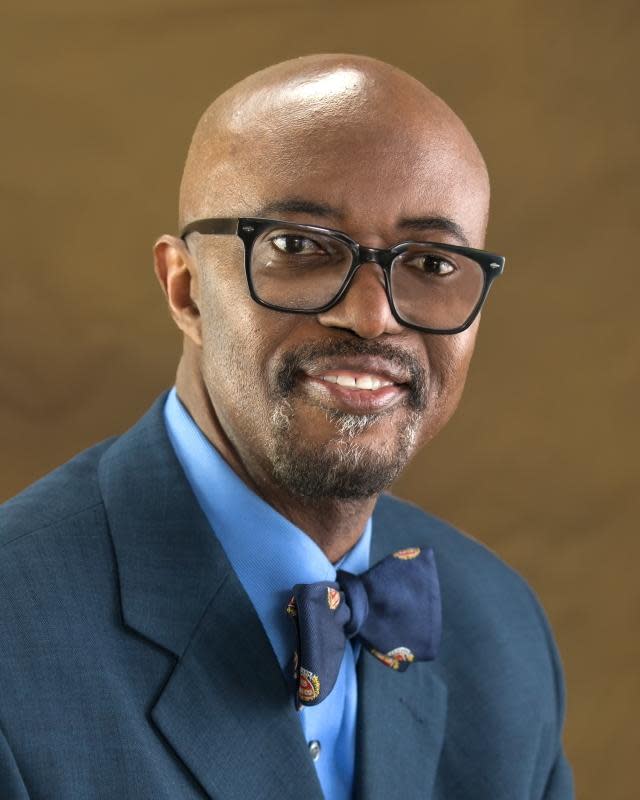Kojo Quartey: Baltimore more than a bridge city
A few weeks ago, I awoke to the news of the collapse of the Francis Scott Key Bridge in my hometown of Baltimore, Maryland. I was not born in Baltimore, but I was educated there and spent my formative professional years there. We have no choice in where we are born, but we may choose where we are from; and I am a proud son of Baltimore, where I still have many family and friends.
Before I get to the impact of the bridge collapse, please let me tell you a bit about my city, Baltimore. It is the largest city in Maryland, but not the capital. The population is just under 600,000, of which 61.2 percent are Black, 28.4 percent white, 5.9 percent Hispanic, 2.6 percent Asian, and the rest are other. The unemployment, poverty rate, and crime rates are all higher than they are in the rest of the state. The city has weathered riots, numerous scandals, and high crime rates.

Baltimore is especially unique for its row houses, which are clumped together so tight that there is little space for more than one room on each floor. And also, for its “Arabbers” (Pronounced Ay-rabbers, this was no racial slur) — street vendors who sell fruit and vegetables from a horse-drawn cart. This was very common many years ago, and there are a few still in business plying the streets.
There are also some famous Baltimoreans: Babe Ruth, Michael Phelps, David Hasselhoff, Muggsy Bogues, Nancy Pelosi, Jada Pinkett Smith, and many more.
Baltimore is also renowned for its Inner Harbor and Baltimore Aquarium. I used to work across from the Inner Harbor as a parking lot security guard during my college days. Talking about education, the world-famous Johns Hopkins University, and two Historically Black Universities/Colleges — Coppin State University and Morgan State University are located in Baltimore. I earned both my bachelor’s and master’s degrees from Morgan State University. All three universities are a viable and integral part of the Baltimore economy. Also, not too far from the Inner Harbor, immediately adjacent to each other, are Camden Yards, where the Orioles baseball team plays, and M&T Bank Stadium, where the Ravens football team plays.
Now, to the tragic bridge collapse, which killed six people. I begin by acknowledging that human life is priceless and cannot simply be reduced to economic terms. The collapse of the Francis Scott Key Bridge has and will have economic consequences that impact millions of people beyond the city and well across the nation and world.
The Bridge is a major thoroughfare, which I have driven on many times. The US Census Bureau reports that there were 8,000 people who worked at the Port of Baltimore facility, and 15,000 jobs were directly related to the Port of Baltimore. It is important to note that these numbers do not reflect those who worked at the Inner Harbor, Baltimore Aquarium, and the many hotels and other tourist destinations around the Port.
The Port of Baltimore was the leading U.S. port for imports of passenger vehicles, cane sugar, and gypsum, and the leading exporter of coal. Business at the port has grown significantly over the years. The Conference Board estimates that each day the bridge is closed will cost the Baltimore region $15 million in economic activity. I am unsure how accurate this is.
Certainly, there will be more traffic congestion and much inconvenience for those who depended on the bridge, however, some freight will be rerouted to other ports in New York/New Jersey, other road routes will be utilized, and rail will be used to circumvent the bridge.
Business lost by Baltimore will be gained by other areas, and the tourism around the Inner Harbor and surrounding areas, although impacted, will continue to thrive. As with all such disasters, there will be a period of adjustment, which compounds each day that the port is closed. There will be additional costs to businesses as they reroute to supplement their supply chain, however, as with many other challenges it has faced in the past, Baltimore will bounce back from this too. While the bridge is a major artery, it is not the only one.
— Kojo Quartey is president of Monroe County Community College and an economist. He may be reached at kquartey@monroeccc.edu.
This article originally appeared on The Holland Sentinel: Kojo Quartey: Baltimore more than a bridge city

